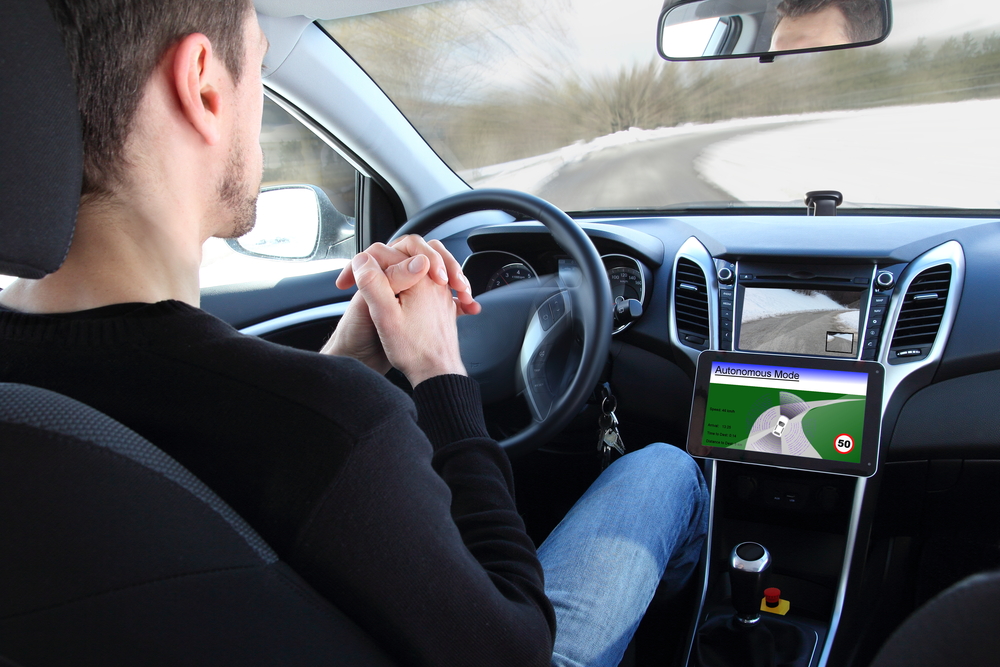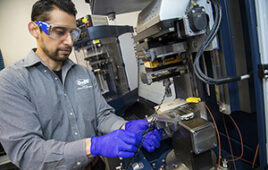
Drivers occasionally have to make split second ethical decisions when they are on the road, and sometimes those decisions can mean the difference between life and death for individuals either on the road or in the vehicle. As self-driving cars move closer to mainstream deployment, researchers are now working to determine the ethical principles that should guide machine behavior.
To understand what those principles should be, researchers at Massachusetts Institute of Technology (MIT) conduced an expansive, new survey designed to explore the moral dilemmas faced by autonomous vehicles. The survey included over two million online participants from more than 200 countries who, by using a platform that presented users with different ethical dilemmas, expressed their preferences concerning the ethics of autonomous vehicles in a version of a classic ethical conundrum.
“The Trolley Problem,” is a classic exercise that involves scenarios where a vehicular accident is imminent and the vehicle must opt for one of two potentially fatal options. For the survey, the researchers posed a scenario where a driverless car might have to swerve towards only a handful of people or a larger group of bystanders.
The researchers designed a multilingual online game dubbed the “Moral Machine” where participants state their preferences concerning a series of dangerous scenarios driverless vehicles could face.
“The study is basically trying to understand the kinds of moral decisions that driverless cars might have to resort to,” Edmond Awad, a postdoc at the MIT Media Lab and lead author of a new paper outlining the results of the project, said in a statement. “We don’t know yet how they should do that. We found that there are three elements that people seem to approve of the most.”
The researchers found that the most emphatic global preferences are for sparing the lives of humans over the lives of other animals, sparring the lives of many people rather than a few and preserving the lives of younger people, rather than older people. Most people who took the survey said that autonomous vehicles should spare the lives of law-abiding bystanders over pedestrians who might be jaywalking.
“The main preferences were to some degree universally agreed upon,” Awad said. “But the degree to which they agree with this or not varies among different groups or countries.”
For example, the researchers found a less pronounced tendency to favor young people over the elderly in the “eastern” cluster of countries, which includes several countries in Asia.
In total, the online game compiled almost 40 million individual decisions from respondents in 233 countries. The MIT researchers then analyzed the data as a whole, but also broke down participants into subgroups based on age, education, gender, income and political and religious views from the 491,921 respondents who submitted demographic information.
The researchers did not find marked differences in the more preference based on the demographic subgroups. They did, however find larger clusters of preferences based on cultural and geographic affiliations.
“The question is whether these differences in preferences will matter in terms of people’s adoption of the new technology when [vehicles] employ a specific rule,” Awad said.
Awad said that seeking public input about an issue of innovation and public safety should become a larger part of the dialogue regarding the future of autonomous vehicles.
“What we have tried to do in this project, and what I would hope becomes more common, is to create public engagement in these sorts of decisions,” he said.
The study was published in Nature.




